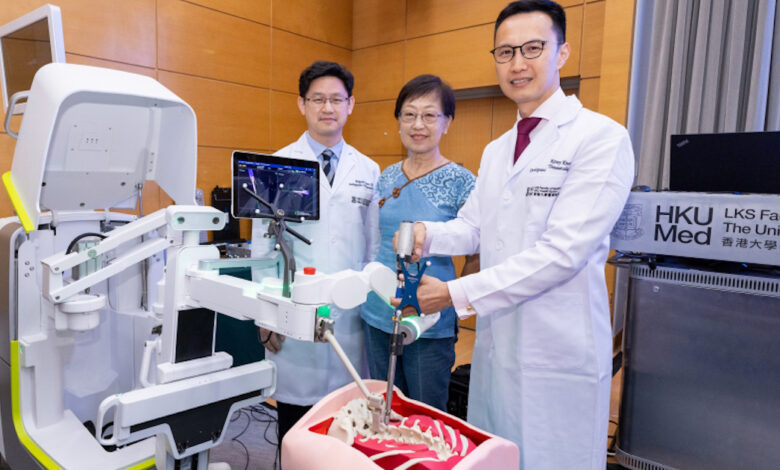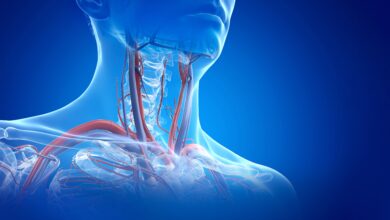Increasing applications of robotic surgical systems across Asia and more briefs

Amrita Hospital introduces robotic gait trainer for rehab
Amrita Hospital in Kerala’s Kochi city has started adopting a robotic gait trainer system to assist in the rehabilitation of brain and spinal injury survivors.
The G-Gaiter, developed by local startup Gen Robotics, provides an immersive rehabilitation experience through virtual reality. It also trains patients to walk longer and become less dependent.
Based on a press release, the hospital offers the robotic trainer with add-on services, including neural therapy, non-invasive brain stimulation, and multi-modal spasticity management.
HKUMed conducts first robot-assisted spine surgeries in Hong Kong
Surgeons at the University of Hong Kong have developed a robot-assisted technology for spine surgery.
A first use case in Hong Kong, the robotic system allows greater precision and accuracy of screw placement, which is traditionally done using a freehand technique by a skilled surgeon to facilitate the correction or fusion of the spine. It comes with preoperative surgical planning software that helps determine the best implant strategy based on spine CT images.
The technology has “improved the accuracy and safety of instrumentation during spinal surgery, reduced the rate of revision surgery, increased operating efficiency, reduced post-operative complications, and decreased the length of hospital stays,” said Dr Kenny Kwan Yat-hong, chief of the Spine Surgery Division of the Department of Orthopaedics and Traumatology at the Li Ka Shing Faculty of Medicine’s School of Clinical Medicine (HKUMed).
According to a media statement, 20 robot-assisted spine surgeries have been performed since the robotic system was introduced in October last year.
Japan’s MHLW launches online directory of birth clinics
Japan’s Ministry of Health, Labour, and Welfare has gone live with a new website that provides information on health facilities that offer childbirth services.
According to a media release, the web platform lists each facility’s location, outpatient reception hours, number of doctors, number of births delivered per year, services offered, and estimated cost of their services.
Users may search by area to locate a birthing facility that meets their needs. Approximately 2,043 facilities across the country, 96% of which deliver over 21 babies per year, are currently listed on the website.
NCD risk prediction model project crosses 10,000 target
An India-wide study that seeks to collect extensive health data for building a chronic disease risk prediction model has recently concluded its first phase.
National R&D organisation Council of Scientific and Industrial Research announced that it met its target of collecting 10,000 samples of a wide range of health information, including clinical data, pathology reports, and lifestyle and dietary habits, from volunteer participants across 17 states.
Launched late last year, the PI-CheCK (Phenome India-CSIR Health Cohort Knowledge Base) project aims to develop a risk prediction model for non-communicable diseases, particularly diabetes, liver diseases and heart diseases, specific to the Indian population. Existing models, according to the researchers, are based on epidemiological data from Caucasian populations, which may not be representative of the Indian populace.


